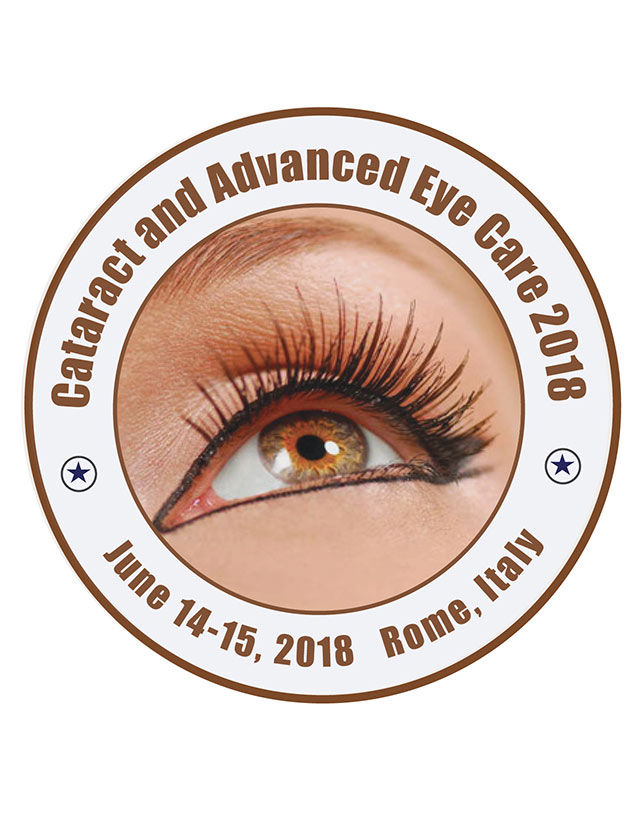Hind Alkatan
King Saud University, Saudi Arabia
Title: Epibulbar complex/osseous choristoma: clinicopathological study in a tertiary eye hospital
Biography
Biography: Hind Alkatan
Abstract
Epibulbar choristoma is a congenital lesion that arises from ectopic pluripotent cells capable of differentiating into several elements: skin, adipose tissue, bone, lacrimal gland, cartilage, and rarely myxomatous tissue. The incidence is 1 in 10,000 and it affects the cornea, limbal conjunctiva and subconjunctival space. In our study, we aimed at presenting our experience with these lesions in a Tertiary Eye Hospital focusing on the complex and/or osseous type of choristomas and their ophthalmic and/or systemic associations. We collected all cases with the tissue diagnosis of epibulbar choristoma during the period: January 2000 to end of December 2016 for review. Out of a total 120 patients with epibulbar choristoma, complex choristoma constituted 13/15 patients (10.8%) while 2 patients only had osseous choristoma (1.7%). All cases were from Saudi Arabia. 11/15 (73.3%) had other ophthalmic manifestations with the commonest being upper lid coloboma in 1/3 followed by optic nerve anomaly, while half had associated syndromes. Goldenhar's syndrome was the most common in 5/13. Other associations included linear nevus sebaceous syndrome (LNSS) and encephalo-cranio-cutaneous lipomatosis (ECCL). One patient with osseous choristoma had an associated Coat’s disease in the same eye. All cases were managed surgically with a mean duration of 44.6 months between the presentations to surgical intervention. The most common indication for surgery was cosmetic. Histopathologically, the choristoma in our series were not different than what has been reported. Interestingly the presence of smooth muscle was significantly associated with a larger size choristoma. In conclusion, in our series 73.3% of complex choristoma had associated ophthalmic abnormality (mostly lid coloboma). We had the first reported case of combined Goldenhar’s and ECCL. Therefore, we recommend further studies on the pathogenesis of these lesions with consideration of molecular genetic etiology.

